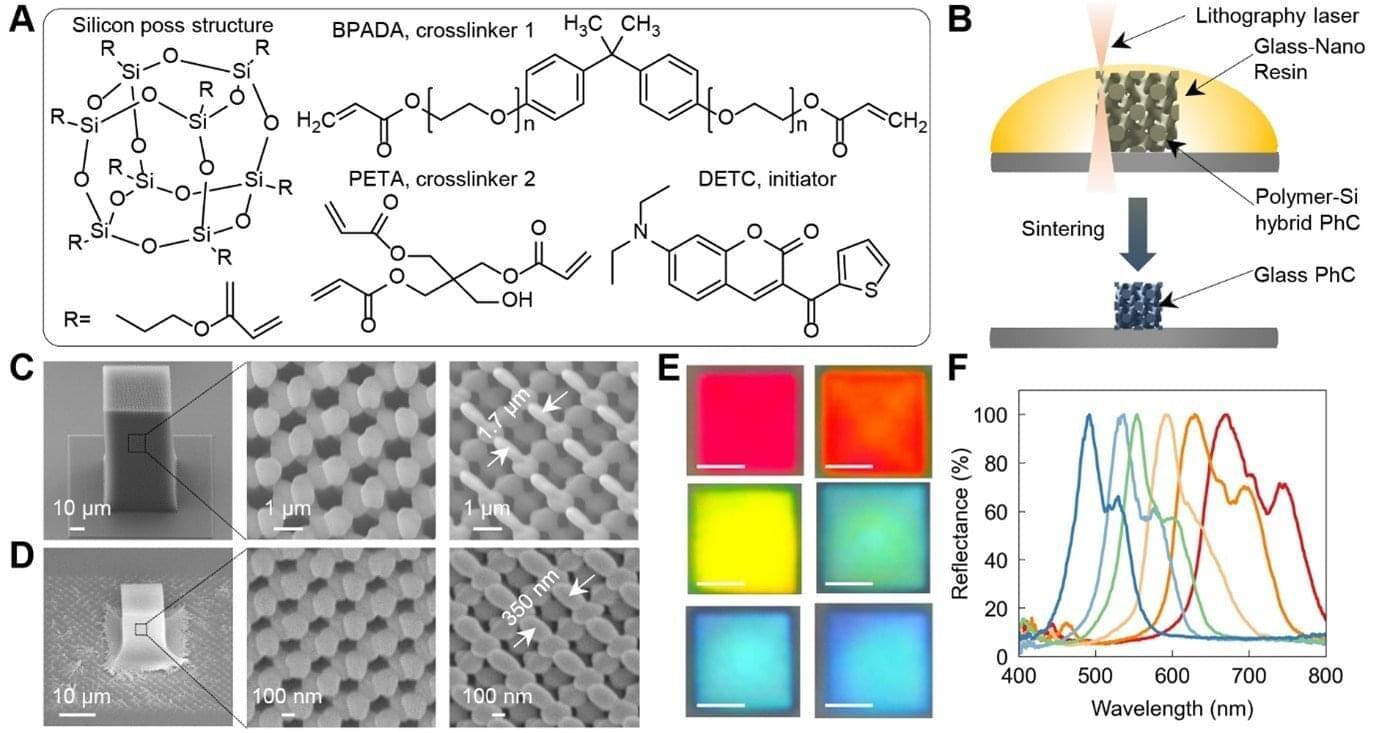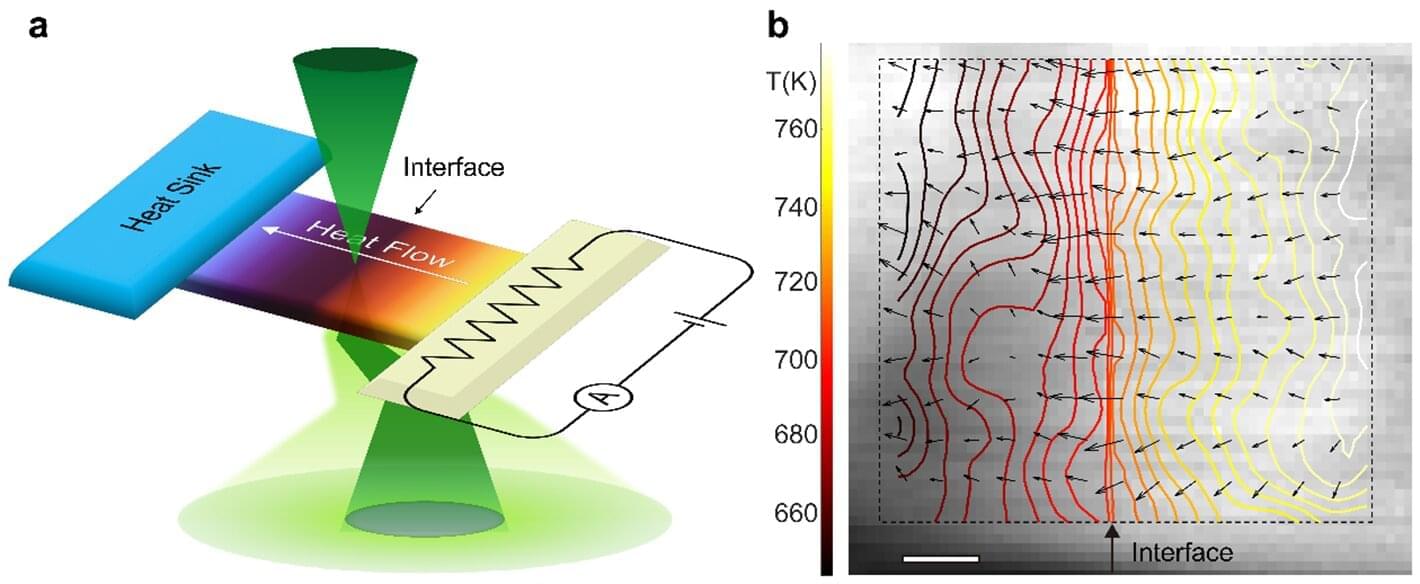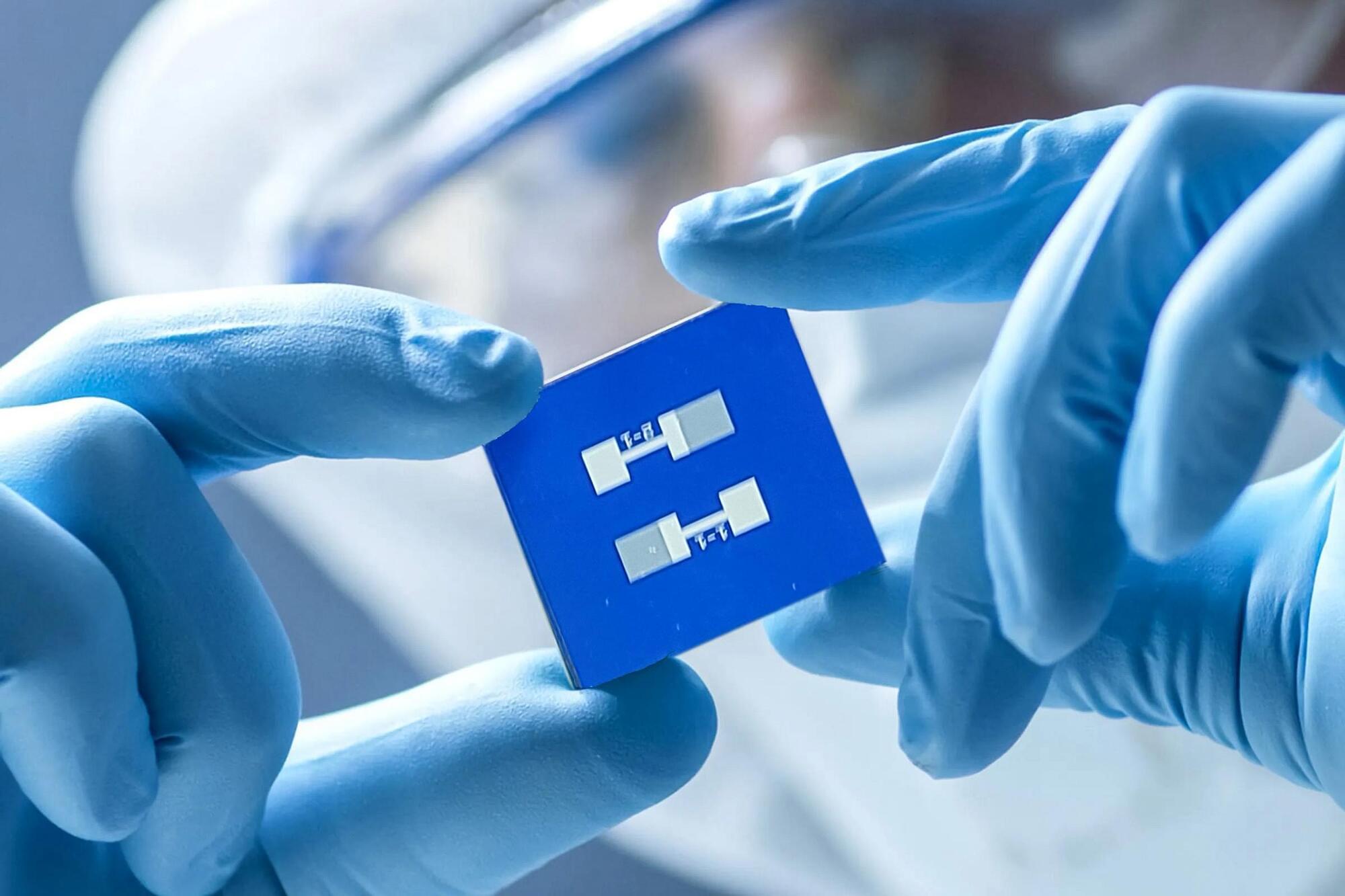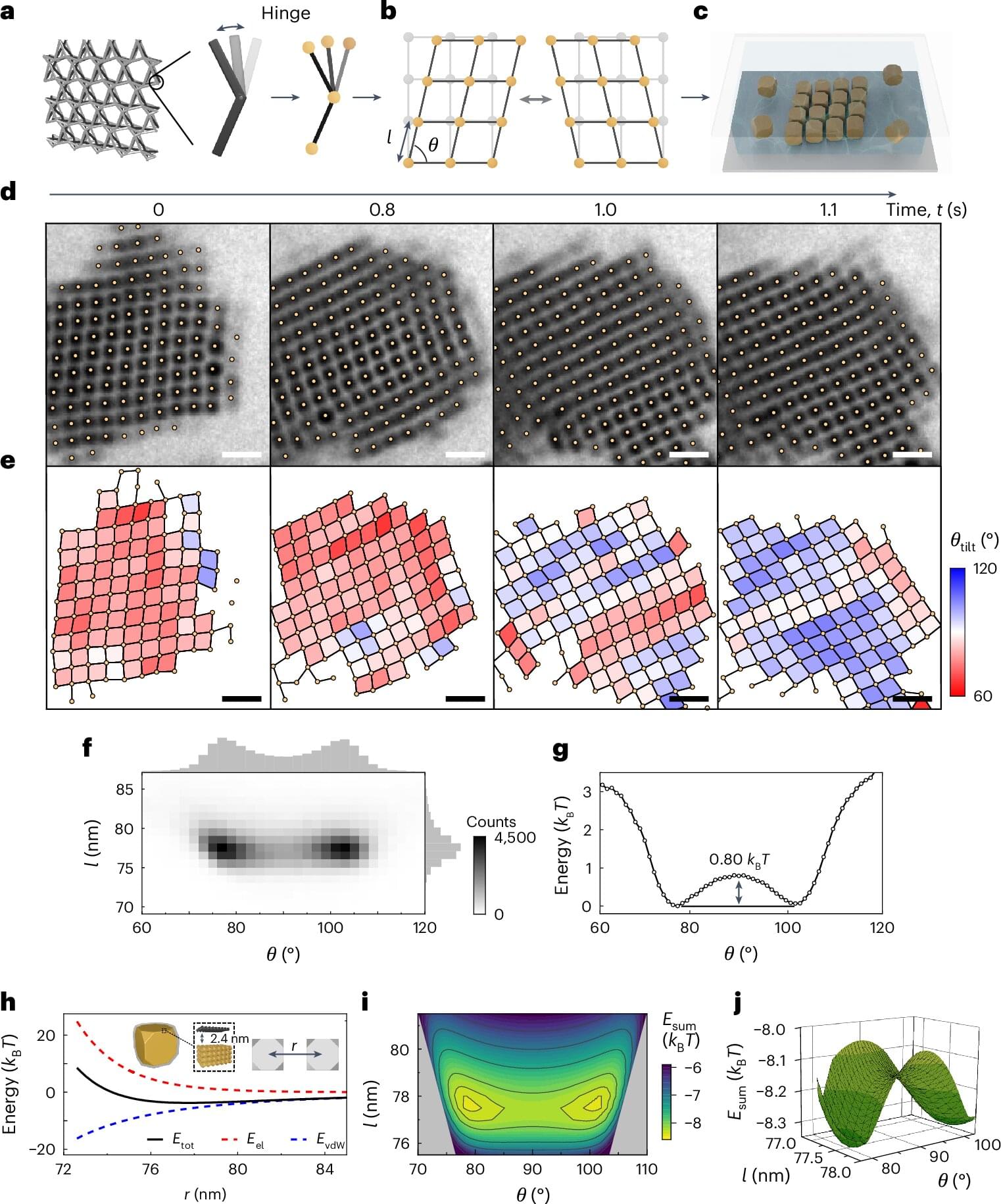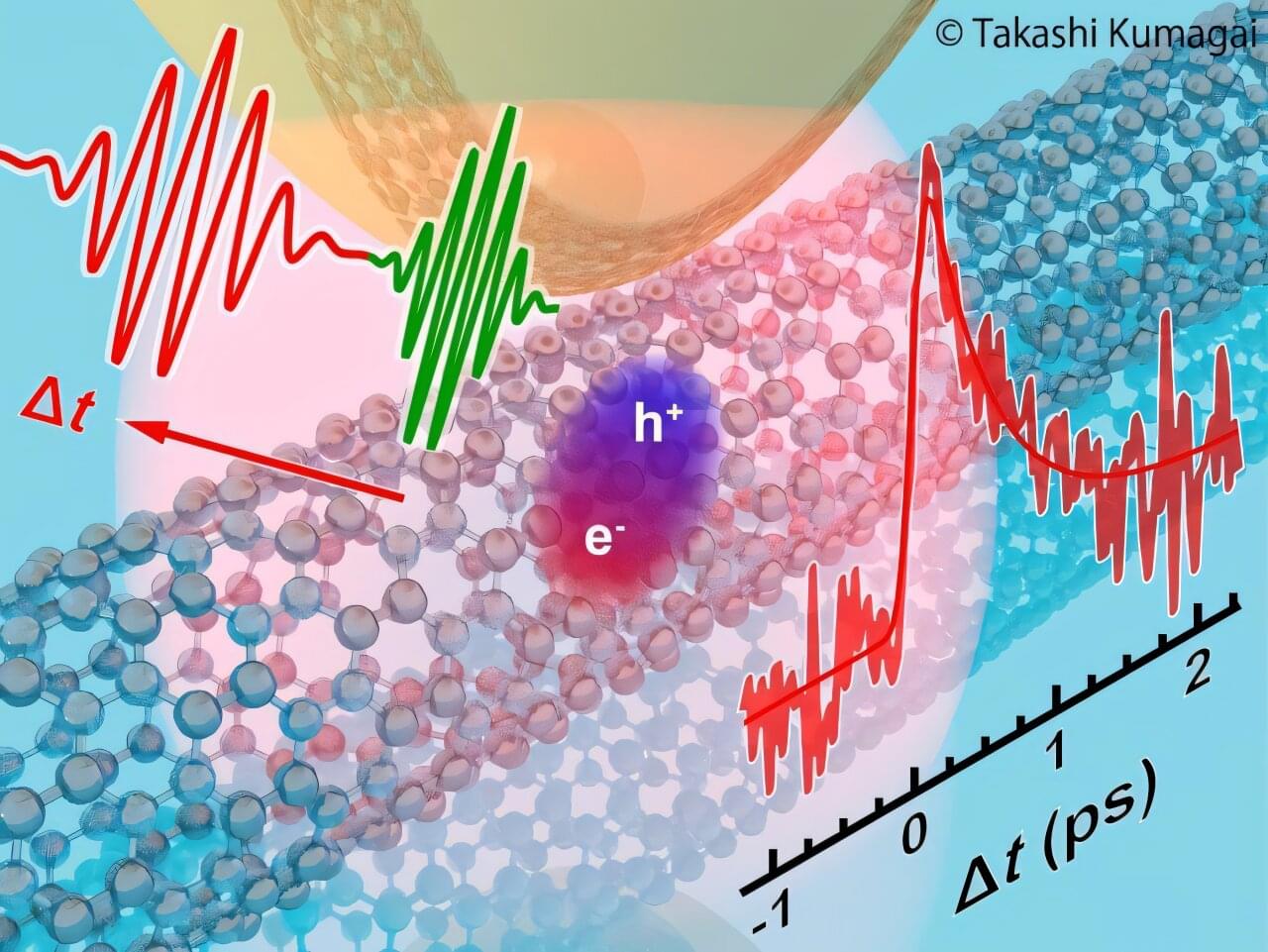A research team led by SUTD has created nanoscale glass structures with near-perfect reflectance, overturning long-held assumptions about what low-index materials can do in photonics.
For decades, glass has been a reliable workhorse of optical systems, valued for its transparency and stability. But when it comes to manipulating light at the nanoscale, especially for high-performance optical devices, glass has traditionally taken a backseat to higher refractive index materials. Now, a research team led by Professor Joel Yang from the Singapore University of Technology and Design (SUTD) is reshaping this narrative.
With findings published in Science Advances, the team has developed a new method to 3D-print glass structures with nanoscale precision and achieve nearly 100% reflectance in the visible spectrum. This level of performance is rare for low-refractive-index materials like silica, and it opens up a broader role for glass in nanophotonics, including in wearable optics, integrated displays, and sensors.
